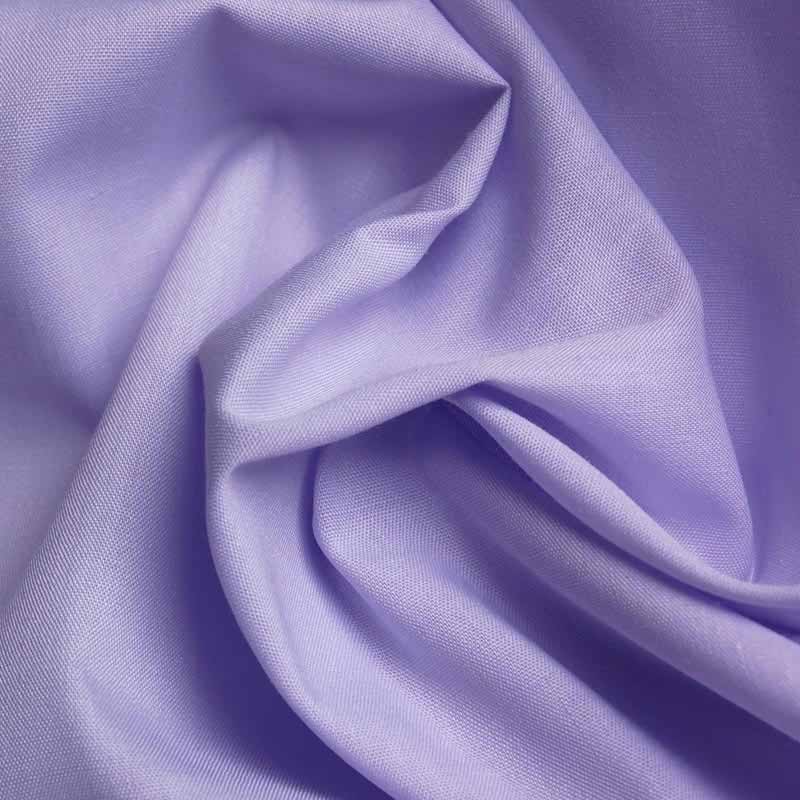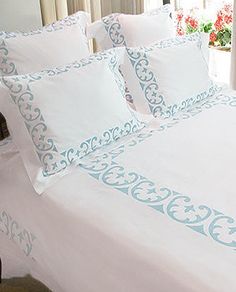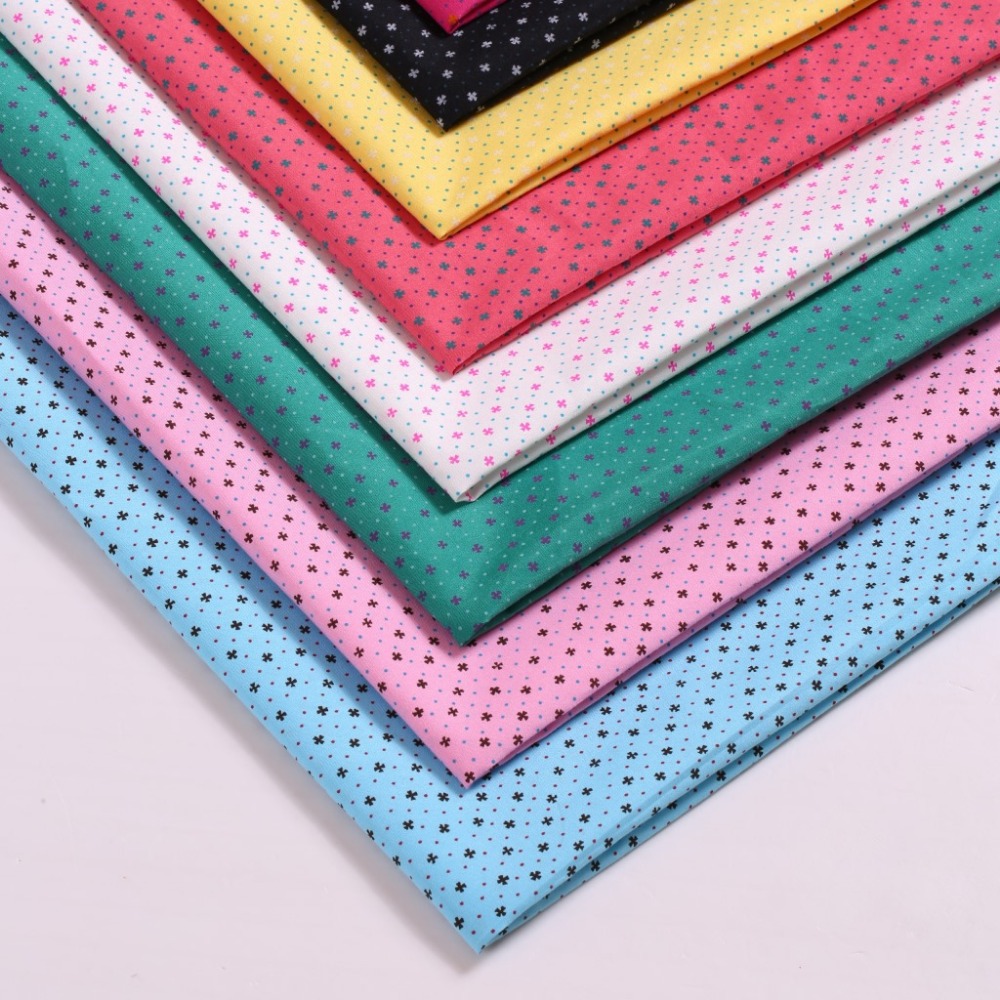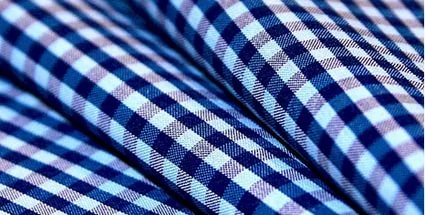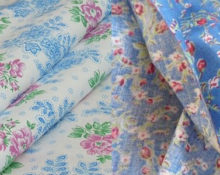The popularity of fabrics made from natural fibers is constantly increasing. The primacy among natural fabrics rightfully belongs to cotton. They attract with their lightness, low price and availability of materials.
Important! Cotton fibers give fabrics the ability to pass air and absorb moisture, making them environmentally friendly and hypoallergenic.
Cotton has been used to produce materials for centuries. Over the years, thanks to different methods of processing and weaving fibers, different types of cotton fabrics have appeared. The most popular among them are chintz and calico.
Light and elegant chintz
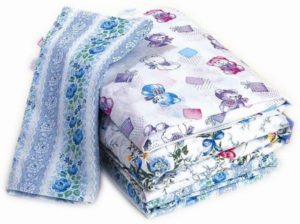 The most famous cotton fabric is chintz. To produce chintz fabrics, thick cotton fibers are used, which are woven in a simple way: alternating horizontal and vertical threads.
The most famous cotton fabric is chintz. To produce chintz fabrics, thick cotton fibers are used, which are woven in a simple way: alternating horizontal and vertical threads.
Chintz is often called a fun material. This is due to the tradition of applying bright floral patterns to the front side of the canvas.Depending on the coloring method, there are several types of chintz fabric: plain-dyed, printed, polished, corrugated.
Dense and durable calico
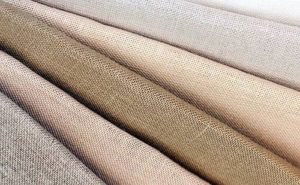 Another well-known cotton variety is calico. This is a durable fabric, the reliability of which is ensured by a unique weaving that ensures the strength of the material.
Another well-known cotton variety is calico. This is a durable fabric, the reliability of which is ensured by a unique weaving that ensures the strength of the material.
In the clothing industry, both the bleached variety, which does not have any dye, and the dyed variety are used. Most often they produce smoothly colored material, but you can often find things made from printed material.
Which fabric is better
Chintz and calico have all the advantages of cotton fabrics. But each material is unique. Let's try to figure out which fabric is better.
What is the difference between chintz and calico
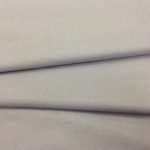 The main difference between the two cotton fabrics is related to the method of weaving the threads, which affects the density and weight of the material. Chintz is not distinguished by a tight connection of threads. Due to the rare weaving of fibers, the material is characterized by low weight and softness.
The main difference between the two cotton fabrics is related to the method of weaving the threads, which affects the density and weight of the material. Chintz is not distinguished by a tight connection of threads. Due to the rare weaving of fibers, the material is characterized by low weight and softness.
Reference! To produce 1 square cm of fabric, about 30-40 threads are used. The weight of 1 square meter of fabric is from 80 to 100 g.
In the structure of calico, the weft and warp threads (horizontal and vertical) not only alternately intertwine each other, but also have an additional overlap, which is repeated in every two weaves.
Due to this, the fabric does not have looseness, its structure is more dense.
Reference! To get 1 sq. cm of calico, you need from 45 to 64 cotton threads. Weight 1 sq.m. from 110 to 146 g.
The peculiarity of weaving affects the degree of shrinkage of the material during washing. Under the influence of water, chintz shrinks by 5%, calico by 7%.
Despite these differences, it is obvious that the fabrics have much in common.Therefore, it is impossible to unequivocally answer the question of what is better: calico or chintz for bed linen.
Advantages and scope of chintz
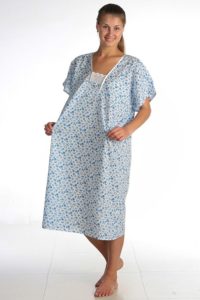 The main advantages of the material are its lightness, thinness and softness. The ability to allow air to pass through and ventilate well turned out to be very useful in the production of summer clothing. He has no equal here! Light dresses and sundresses for children and women, shirts for men, clothes for home and sleep are made from chintz. On hot days they give a feeling of comfort and coolness.
The main advantages of the material are its lightness, thinness and softness. The ability to allow air to pass through and ventilate well turned out to be very useful in the production of summer clothing. He has no equal here! Light dresses and sundresses for children and women, shirts for men, clothes for home and sleep are made from chintz. On hot days they give a feeling of comfort and coolness.
Soft chintz is also the best option when sewing clothes and items for babies.
Advantages and scope of calico calico
Durability is the main advantage of calico, which makes it stand out among other cotton fabrics. The increased wear resistance of the material suggests that this is the best option for the manufacture of bed linen and kitchen textiles (tablecloths, towels, aprons, potholders). It does not lose its quality with everyday use or systematic washing.
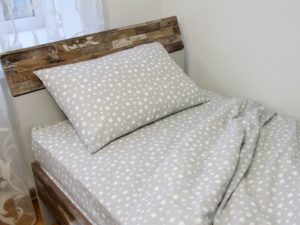 The same quality of the fabric was appreciated by workwear manufacturers, who are confident that in this industry other cotton fabrics cannot compete with calico. There is no clear answer to the question of which is better: calico or chintz. They are not competitors; each of them has found its own field of application and become the best there.
The same quality of the fabric was appreciated by workwear manufacturers, who are confident that in this industry other cotton fabrics cannot compete with calico. There is no clear answer to the question of which is better: calico or chintz. They are not competitors; each of them has found its own field of application and become the best there.


 0
0